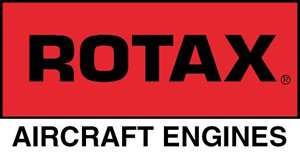15hp is plenty of power to rock a bike around, even 5hp would probably be enough to cruise, and you can recover some of it every time you stop.
With an airplane, 15hp is absolutely nothing, and there is nothing to recover when stopping, not to mention the lack of electrical infrastructure at various airports to charge it.
All that said, it can be done, sonex did it, it just didn’t compare to a fuel powered airplane when it came to actually flying somewhere.
With an airplane, 15hp is absolutely nothing, and there is nothing to recover when stopping, not to mention the lack of electrical infrastructure at various airports to charge it.
All that said, it can be done, sonex did it, it just didn’t compare to a fuel powered airplane when it came to actually flying somewhere.









Comment